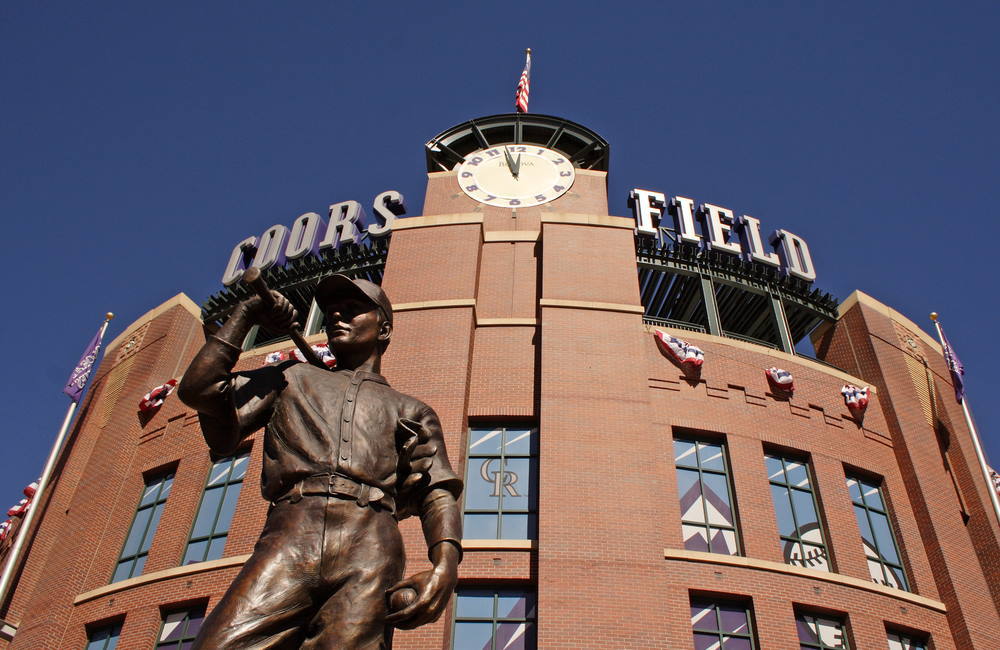Running a team out every day in a hitter’s park can provide a lot of fun in a baseball simulation game. After all, it’s exciting to play games where homers and double-digit scores are frequent. However, if you want to succeed in a band box park like Coors Field or the Great American Ball Park, you need a strategy that works for a hitter’s park.
It’s also important to avoid common mistakes such as spending a lot of cash on one or two power hitters or trying to go against the grain and build a killer starting pitching lineup. The following breaks down some ideas on how to construct a team that wins in a hitter’s park.
The Keys to Hitters’ Park Success
When building a team for a hitter’s park, new players often lean heavily into adding big hitters (think Albert Belle, Frank Thomas or Gary Sheffield) and not focus enough on defense. Or they decide to switch up the conventional strategy and build a strong starting rotation. Neither approach usually provides the success that players are looking for in a hitter’s park.
The key is to instead look for good, well-rounded players. For example, players who can hit against both righties and lefties. The goal is to get a solid hitter in every lineup spot, rather than concentrating on firepower around the top and middle of the order.
There’s also a roster crunch on hitter’s park teams because you will need a large bullpen that eats up roster space. That means you can’t carry many bench players or run many platoons throughout the season (the catcher position is the only place this might be justified). Playing in a DH league can help because you’re not going to have many pinch hitters.
Defense
One approach is to spend about 70 percent of the salary cap on offense and defense, and about 30 percent on pitching. That means you need a focus on defense and run prevention when putting together your lineup. A good example of this approach is to get Gold Glove players at both corners. Also, middle infielders with excellent fielding percentages and solid range.
Balance and consistency are key. With the lack of a bench or the ability to platoon, these players need to play every day throughout the season. You want a consistently strong defensive team on the field.
Pitching
You’re going to need a big bullpen, because there will be many 13-hit games, with scores such as 10-9 or 9-7. Expect to have a hitter get blown up on a fairly regular basis. In many games, you can expect them to get pulled by the third inning. That’s the game in a hitter’s park.
This means that a 13-member bullpen is not out of the question. They will all get plenty of work. Also, it’s important to shuttle pitchers back and forth from the majors to the minors, giving you fresh arms in the bullpen at all times.
For starters, durability is not a big issue, because they will rarely pitch deep into games. A right-handed rotation is a smart option, followed by left-handed middle relievers that force the opposition to go to their platoon players, then play matchups in the late innings.
Strategy
As for game management, a conservative approach is best. You want to think like Earl Weaver – “pitching, defense and the three-run homer.” There’s no reason to steal a lot or try to stretch out a hit for the extra base. You don’t want to run yourself out of innings when doubles and homers are going to get hit with regularity.
Don’t worry about starting pitching. Get a solid rotation and set to pull them early. Don’t spend a lot of money on starters. Instead, build a well-rounded team with great hitters up and down the lineup, as well as solid defense and a huge bullpen. That’s a strong formula for consistently winning when playing in a hitter’s park.


What does Sold Range mean…AVE or VG?